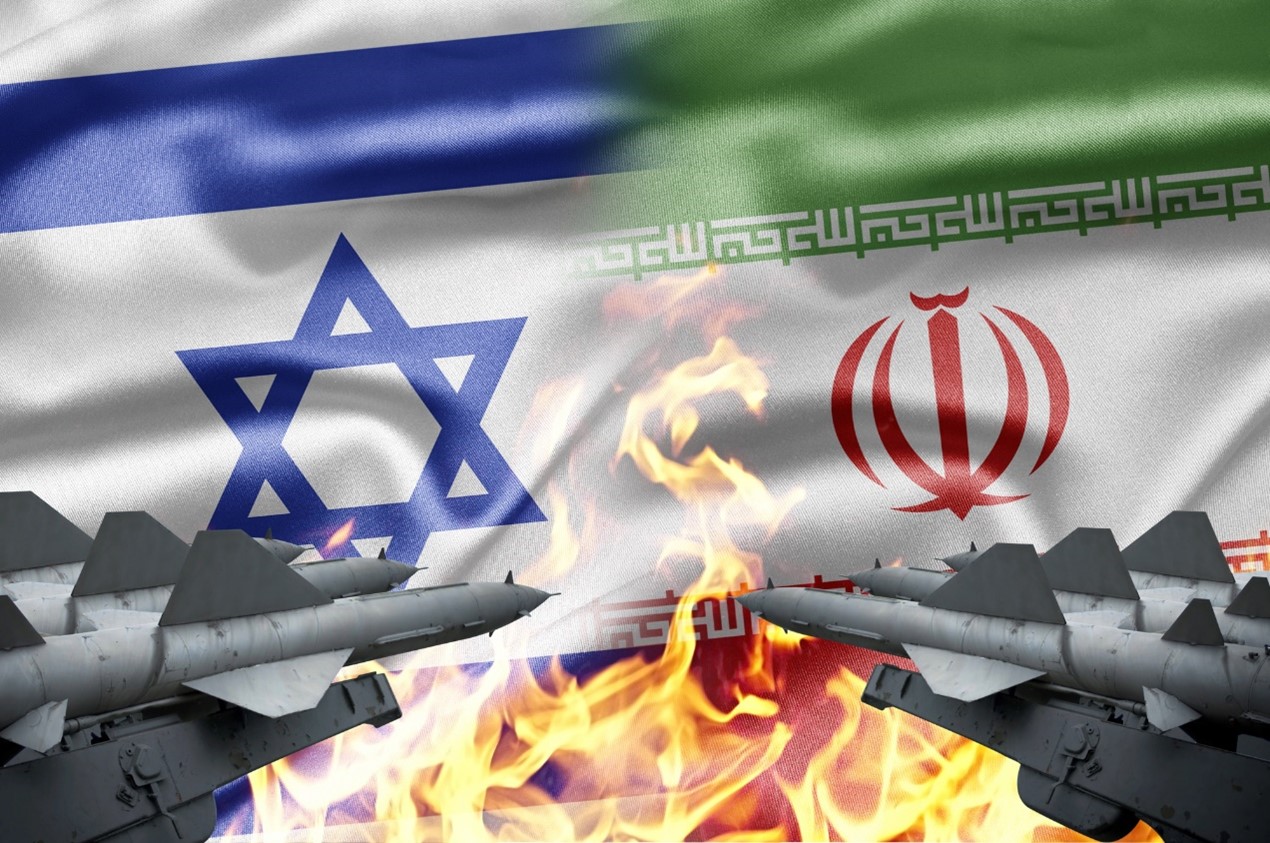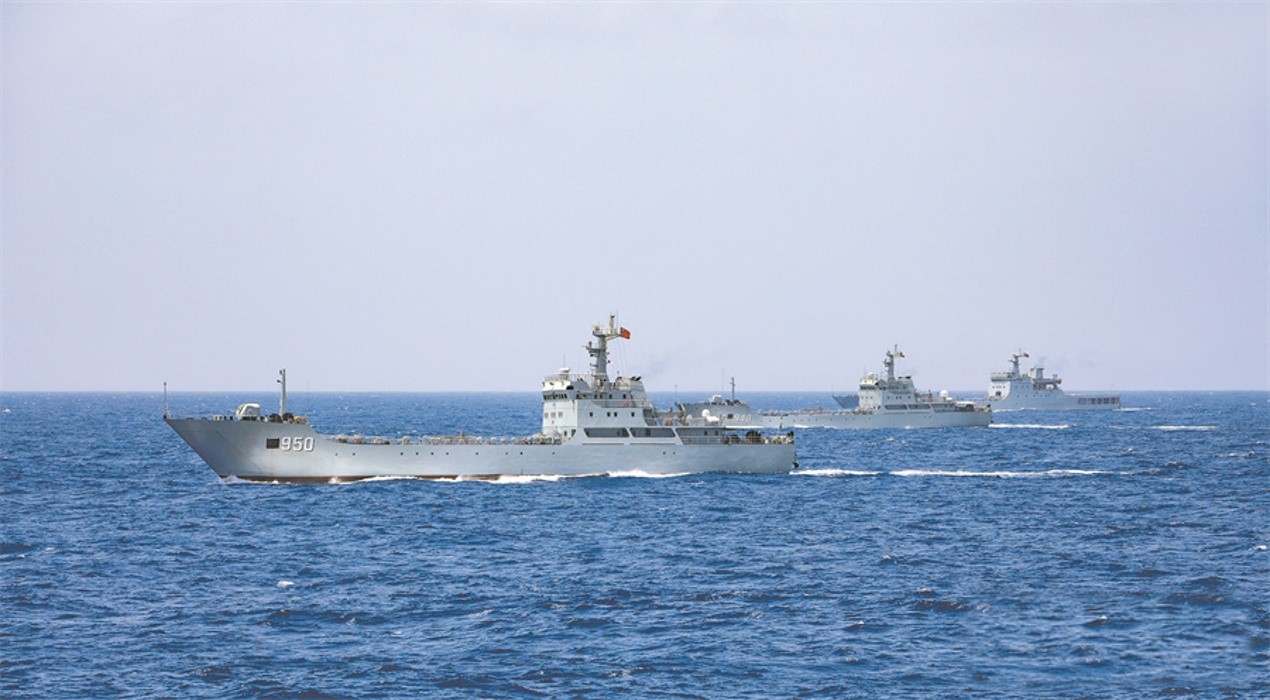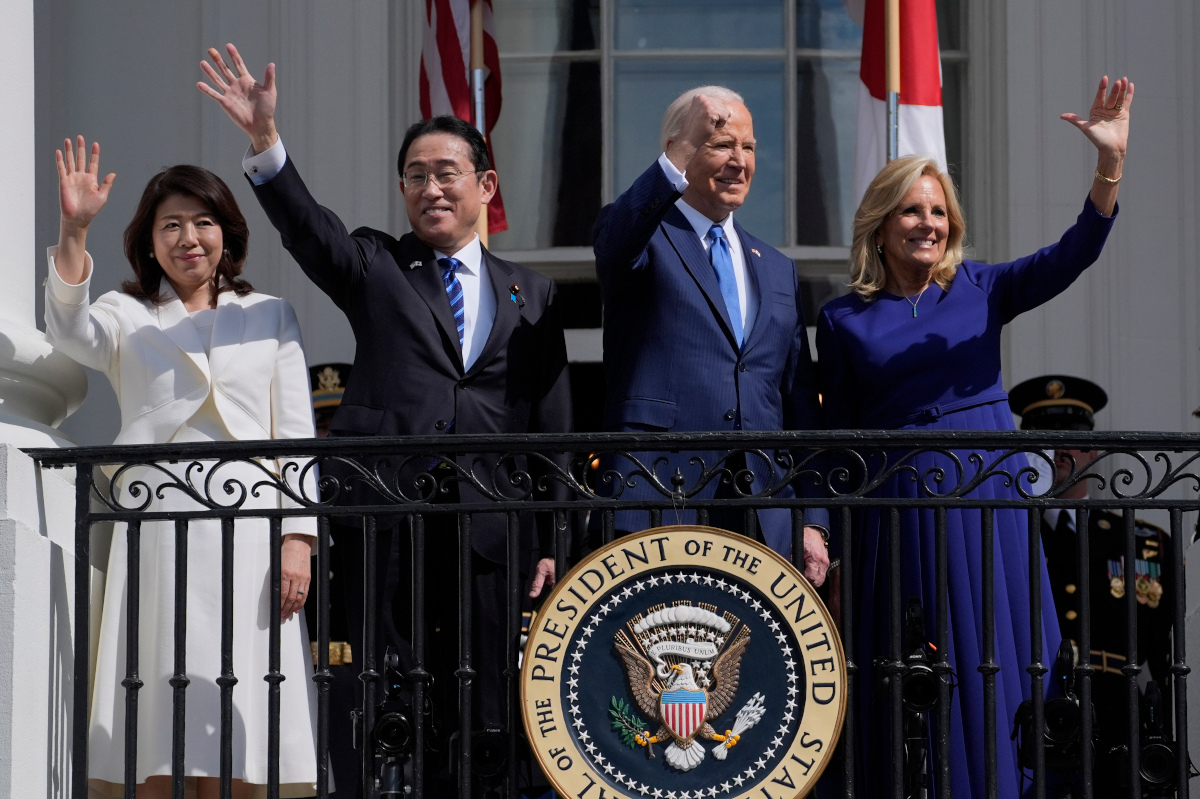The Core Aim of China’s Threat to Taiwan is the Attempt to Move From a Land to Sea Power
Seventy-two hours after Taiwan’s new president, William Lai Ching-te, took office, China launched the Joint Sword 2024A exercises to “punish” Taiwan. China’s lightning operation used Taiwan as an excuse to divert public pressure amid domestic dissatisfaction with the slowing economy in China. Picture source: 康水鵬, May 25, 2024, Ministry of National Defense of the PRC, http://www.mod.gov.cn/gfbw/qwfb/16311127.html.
Prospects & Perspectives No. 31
The Core Aim of China’s Threat to Taiwan is the Attempt to Move From a Land to Sea Power
By Tzu-yun Su
Seventy-two hours after Taiwan’s new president, William Lai Ching-te, took office, China launched the Joint Sword 2024A exercises to “punish” Taiwan. China’s lightning operation used Taiwan as an excuse to divert public pressure amid domestic dissatisfaction with the slowing economy in China. The threat to Taiwan’s democracy was also a warning to China’s internal dissenting voices who are calling for democracy in their country. However, China’s military manoeuvres have not only failed to achieve the expected results, but also caused more backlash than they are worth.
The ‘3 Ps Strategy’: Hybrid warfare with Chinese characteristics
The strategy highlights Beijing’s goal, deliberately choosing 7:45am to announce the event in order to influence the Taipei stock market. This highlights Beijing’s use of psychological warfare, which means that in Beijing’s plan, Joint Sword 2024A as not just a simple military operation, but a psychological operation that combines the display of military power in order to affect Taiwan’s morale. In other words, the military exercise was a combination of the physical, psychological, and political, using the three “Ps strategy” to attack Taiwan —hybrid war with Chinese characteristics.
The military action plan for this exercise was a two-day, 48-hour “flash mob,” with a higher political purpose than a military one. With no test fire zone declared, it was believed that this would reduce the impact on regional air and sea traffic and also reduce protests from various countries. The scope of the exercise was larger than usual, including the northern, southern and eastern parts of Taiwan proper, as well as Kinmen, Matsu, Wuchu and the periphery of Dongyin Island. The aim was to highlight China’s ability to impose a total blockade. The military operations highlighted integrated battlefield control, theatre joint operations, and joint precision strikes.
However, the people of Taiwan were calm and collected, and the Taiwan stock market even reached a new high of 21,607.43 points. People even gathered outside the Legislative Yuan to protest against attempts by opposition parties to expand the legislature’s powers. The Taiwanese military subsequently released surveillance footage to show its defense capabilities and sustain morale.
This may have taken Beijing by surprise, and the continued functioning of Taiwan’s overall economy and democracy under military pressure demonstrates the rationality of the people and conveys to the world the resilience of the democratic system. It also shows the diminishing effect of the threat of China’s military manoeuvres.
At the same time, U.S. President Joe Biden, in his speech at West Point, once again expressed his determination to maintain peace in the Taiwan Strait, and the United States, Japan, and the European Union also issued statements expressing concern that China is experiencing a strategic backlash.
Grey conflict: The quasi-military rally
Of course, China will not give up the threat of force, and Joint Sword 2024A has also highlighted the long-term problem. According to Taiwan’s Ministry of National Defense, a total of 111 Chinese military aircraft, 46 warships and seven coast guard vessels were spotted during the two-day exercises. On a daily average, this was equivalent to only 5% of the Chinese air force and 15% of its navy. However, it was the equivalent of 20&% of Taiwan’s main air force and 80% of its main naval force, which creates attrition and drain.
China’s grey combat operations, combined with regular military forces and coast guard forces, have become a quasi-military “Rally operation,” which can be regarded as the main axis of Beijing’s current strategy, with long-term “air and sea marathon” as the tactics. The goal is to deplete the opponent’s defense resources and military endurance, and to wait for — or even create — opportunities for the opponent to experience internal conflict or to collapse. This kind of marathon strategy not only targets Taiwan, but also the Philippines and neighboring countries, which may create military logistical pressure and military-economic competition.
Relatively speaking, Beijing is also facing risks. On the one hand, Beijing’s strategic leverage is creating multiple fronts, which is a burden on the People’s Liberation Army’s (PLA) own logistics.
Despite the large number of Chinese military aircraft, the shorter engine lifecycle and mean time between failures are a potentially fatal problem for its air power.
More critically, the technological siege is freezing the PLA’s equipment at its current level, making it impossible for it to catch up with the militaries of democratic countries, while China’s economic performance is also facing challenges. If China’s economy continues to deteriorate, then Beijing’s strategic leverage could potentially disintegrate.
China moving from land power to sea power
All this recent activity can also be seen as China’s efforts to seize control of the South China Sea. This includes the use of unprofessional and dangerous interceptions of foreign military aircraft and vessels, which could lead to accidental clashes.
To sum up, China’s threat to Taiwan is only a part of Beijing’s grand strategy. Beijing’s aim is clearly to move from land power to sea power, using those as so-called “punishment of Taiwan independence” and a “warning to external forces,” and to show its ability to control and blockade the Taiwan Strait. Beijing’s belligerence is also a way to divert attention from the growing internal dissatisfaction with the economic downturn in China and with the increase of tariffs by Europe and the United States.
Democratic countries have also clearly understood that, in addition to the importance of Taiwan’s democratic values and technological contributions, the island-nation’s geographic location is also critical. If Taiwan becomes China’s Hawaii, then air and sea traffic in the Western Pacific will be completely controlled by Beijing, and the security of all countries will be dominated by China. The threat of Beijing to Taiwan is therefore a confirmation of the “China threat theory.”
(Dr. Su is Research Fellow and Director, Division of Defense Strategy and Resource, Institute for National Defense and Security Research.)














